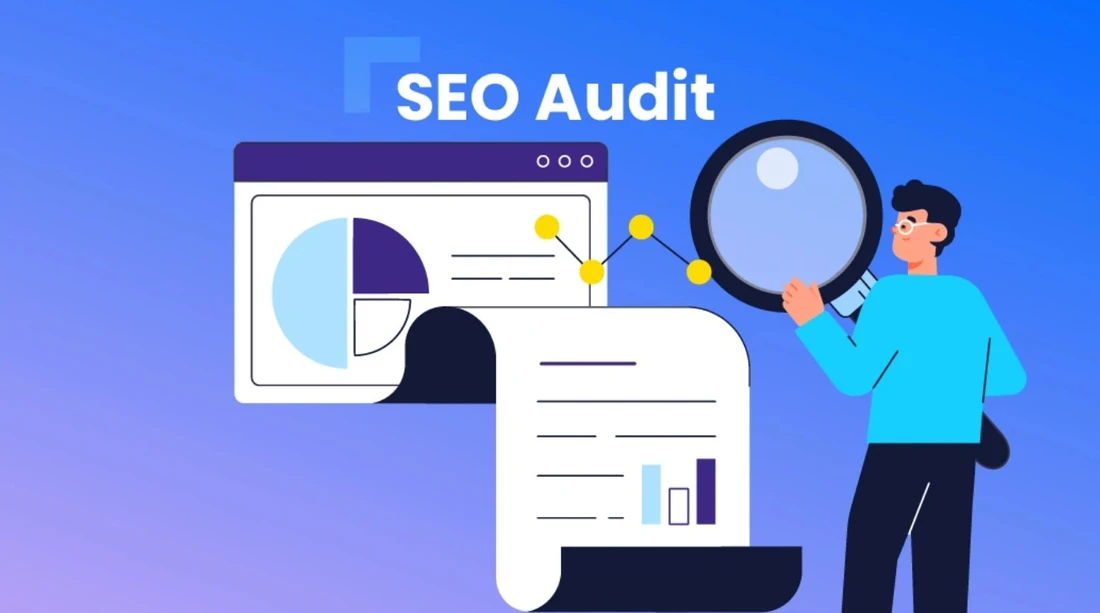As we continuously navigate through the changing and complex sphere of digital marketing, one has to be keen on the website’s SEO. The SEO audit should thus be regarded as your map that gives you directions on problems that may be ailing your site. By running an SEO audit, you guarantee that the structure of your website corresponds to the best practices, and thus provides the users with the best experience and have potential to attract more traffic.
Preparation
It would be wise to collect the instruments needed and define the goals before outlining the procedure of an SEO audit. They are Google Analytics and Google Search Console while the SEO audit tools include SEM, Ahrefs, Screaming Frog among others. Define your goals: Do you need better site speed, more organic traffic or more mobile friendly wesite? Specific objectives are therefore going to help in the decision-making process of the audit.
Technical SEO Audit
Crawling and Indexing
It is important to begin by making your website accessible for the engines to crawl and index them properly. Technique such as Google Search Console should be used to check for crawl errors and fix them within the shortest time possible. Ensure that your robots. txt file is properly set up; and your current sitemap is valid and properly submitted to various search engines.
Site Speed Analysis
It is extremely important that a certain site is of fast speed because it affects its ranking. Analysing your website’s speed with tools including Google PageSpeed Insights or GTmetrix will help you know the thoughts conveyed. Determine areas that are negatively impacting your site’s speed and modify them. This might include image optimization, brower caching and optimization of CSS & Javascript files.
Mobile-Friendliness
With more users accessing the web via mobile devices, ensuring your website is mobile-friendly is paramount. Use Google’s Mobile-Friendly Test to check your site’s mobile compatibility. Ensure responsive design and optimize for touch navigation.
On-Page SEO Audit
Title Tags and Meta Descriptions
Title tags and meta descriptions are vital for SEO. Review your title tags to ensure they are unique, descriptive, and include target keywords. Meta descriptions should be compelling and accurately describe the page’s content to entice users to click.
Header Tags
Proper use of header tags (H1, H2, H3) helps search engines understand your content’s structure. Ensure that each page has one H1 tag and use H2 and H3 tags to organize content hierarchically.
Content Quality
Content is king in SEO. Evaluate your content for relevance, quality, and engagement. Remove or update outdated content writing and fix any duplicate content issues to avoid penalties from search engines.
Keyword Optimization
Check your keyword usage across your content. Ensure that you are targeting the right keywords and that they are naturally integrated into your content. Avoid keyword stuffing, which can lead to penalties.
Off-Page SEO Audit
Backlink Profile
A strong backlink profile is essential for SEO. Use tools like Ahrefs or Moz to analyze your backlinks. Identify and disavow any toxic or spammy links that could harm your SEO. Focus on acquiring high-quality backlinks from reputable sources.
Social Signals
Social signals, such as likes, shares, and comments, can impact your SEO. Evaluate your social media presence and encourage social sharing to boost your site’s visibility and engagement.
User Experience (UX) Audit
Navigation and Structure
Good navigation and site structure enhance user experience and SEO. Ensure that your website is easy to navigate and that users can find what they are looking for quickly. Use clear, descriptive menu items and maintain a logical structure.
Design and Layout
Assess your website’s design and layout. A clean, user-friendly design improves user experience and keeps visitors on your site longer. Ensure that your site is visually appealing and free from clutter.
Content Audit
Content Inventory
Create a comprehensive list of all the content on your site. This inventory will help you identify what needs updating, what should be removed, and where there are opportunities for new content.
Content Gaps and Opportunities
Identify gaps in your content where you could add valuable information for your audience. Look for opportunities to create new content that addresses unmet needs or interests of your target audience.
Competitor Analysis
Identify Competitors
List your top competitors in your niche. Knowing who you are up against will help you understand the competitive landscape and identify areas where you can improve.
Analyze Competitors’ SEO Strategies
Study your competitors’ SEO strategies. Analyze their keywords, content, backlink profiles, and social media presence. Identify their strengths and weaknesses to inform your own SEO strategy.
Reporting and Action Plan
Create an Audit Report
Summarize your findings in a comprehensive audit report. Highlight key issues and areas for improvement. This report will serve as a roadmap for implementing changes.
Develop an Action Plan
Based on your audit report, develop a prioritized action plan. Assign tasks, set timelines, and designate responsibilities to ensure that the necessary changes are implemented effectively.
Conclusion
People need to make sure that their site is in good health and fully optimized, thus an SEO audit should be done continuously. Following step by step approach explained in this guide it is possible to solve problems that might be hampering you site. SEO audits should be scheduled in your routine calendar to evaluate the website’s current position and fix any further issues that may hinder growth.




